New Yorkers think of themselves as a pretty tough bunch. But even the coolest, most nonchalant among them has to admit: they’ve never seen a spring or summer quite like this one. As the US city most affected by COVID-19, New York took stringent measures to flatten the curve. Whole industries closed down, leaving their workers reliant on state and federal unemployment insurance to get by.
It worked. Social distancing kept New York’s hospital system from being overwhelmed, and lowered the number of cases, hospitalizations, and deaths. The City of New York is now undertaking slowly, methodically reopening business. For the approximately 8,000 musicians residing there, the question remains: just when will they be able to get back to business as usual?
The first signs of trouble in New York started mid-March, as international flights began to cancel. With travel restricted, cancellations of hotel reservations and conferences soon followed. Finally came Governor Cuomo’s interdictions: a ban on all gatherings of more than 50 people, then 20 people, then 10. While these measures proved effective in slowing the spread of the virus, the sudden halt of public life unexpectedly cut income for gigging musicians.
Organizers of events scheduled for the spring and summer initially dithered over what to do. Before we fully understood the danger of the virus, there was a hope that all would blow over in a few weeks. But as daily COVID-19 death counts steadily climbed (over 2 million cases and 125,000 deaths in the US alone at the time of this writing), even the most optimistic among us had to face facts: gathering together dense crowds of people for all but the most urgent and necessary reasons is, in these times, irresponsibility verging on criminal negligence.
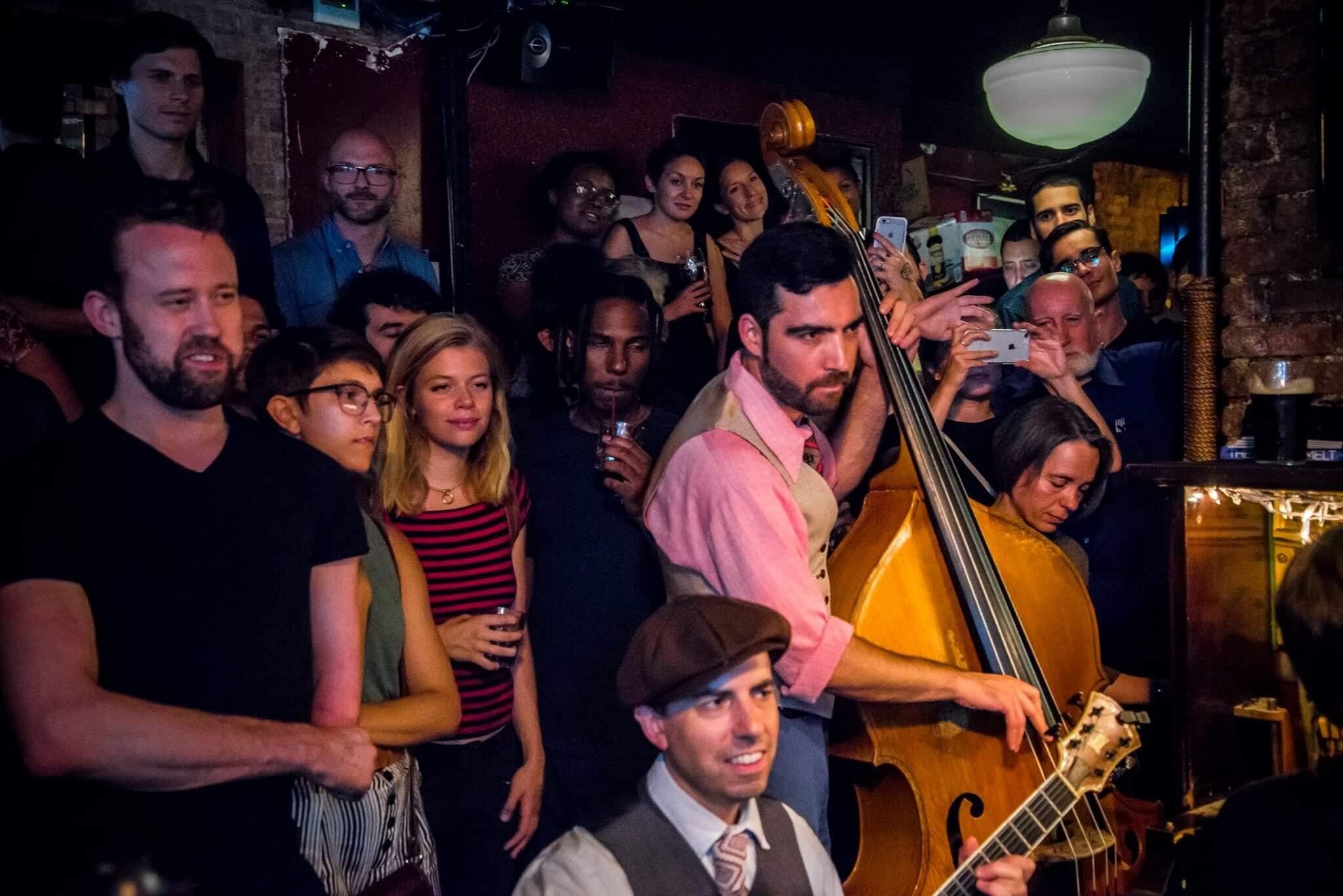
One after another, festivals and dance exchanges sent out emails starting “Due to these unprecedented circumstances…” and ending with a promise to return once it is safe to do so. Summer music or dance camps and events extending well into the fall have announced tentative decisions to postpone. Registration fees for attendees are returned, though some events offer an option to donate the fee to the artists, instructors, and organizers who are now out of work.
In the absence of income from gigs and events, musicians, performers, and organizers file for unemployment insurance, with varying degrees of luck. The initial flood of unemployment insurance claims in March and April overwhelmed the New York State Department of Labor, with more than 2 million claims clogging up a system that only processed 300,000 during the whole of the 2008 financial crisis. Among the slowest claims to be processed were those of individual contractors and freelancers, including musicians and other performers.
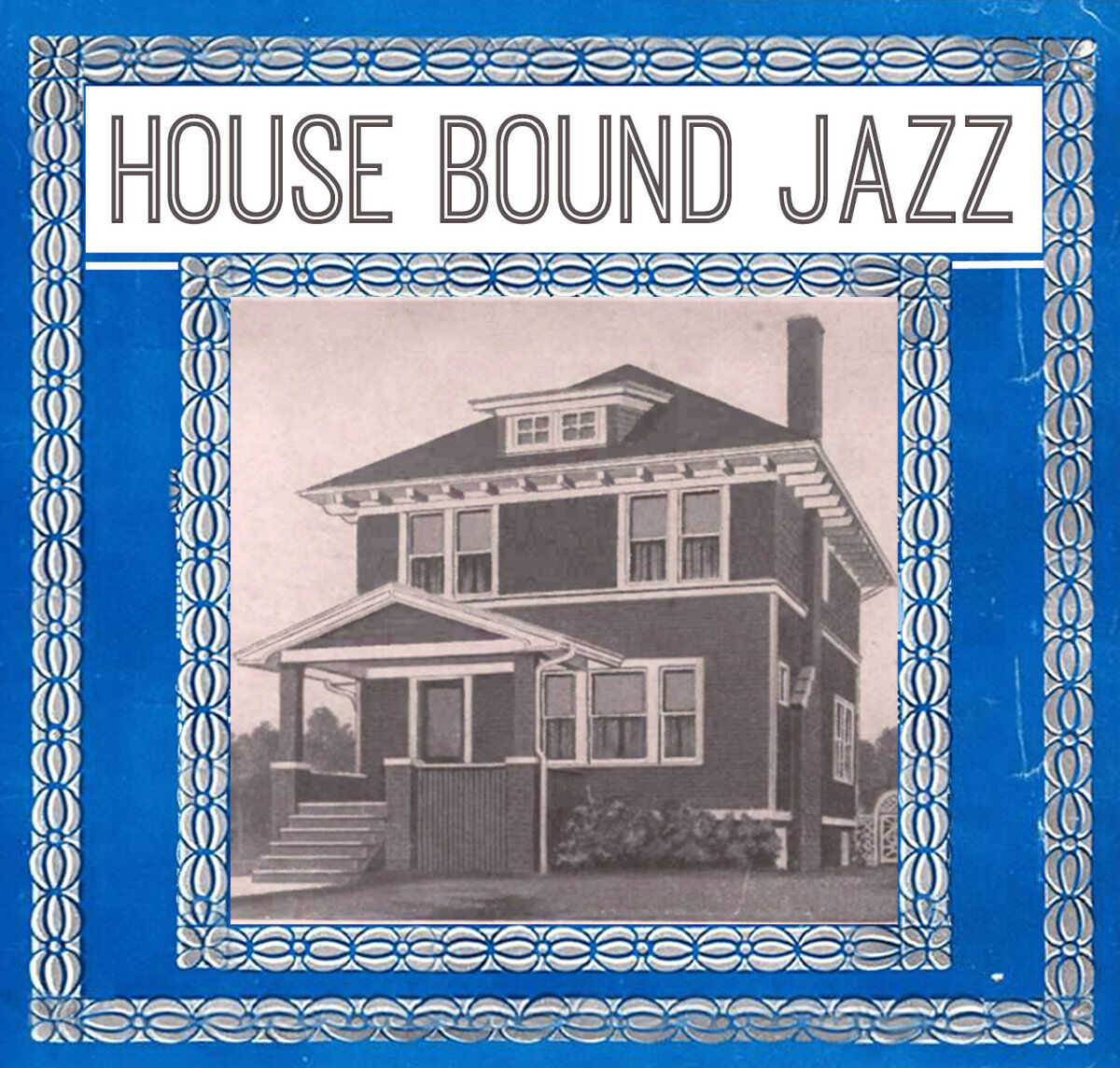
While the reason for the delay is unclear, it forced these artists, creative and enterprising even under normal circumstances, to find alternative ways to create art and income. This has fostered new connections within the jazz community (more on that below). Still, there remains real uncertainty of how long freelance artists will be left to rely on these alternative measures, and whether government support will last until work comes back.
NY State unemployment aid is typically available for a total of six months (though it is possible to claim it in smaller quantities over a 12 month period for those who can find part-time work). The CARES Act, enacted in late March, made available an additional $600 per week of federal unemployment support. However, this assistance is set to expire July 31, and lawmakers are divided over whether to extend it. Musicians, dancers, and other event professionals, whose work is categorized as non-essential and high risk, are likely to face diminished business long after July 31.
Even when certain social gatherings are permitted again, it may be a long time before there is public confidence to resume the high crowd density events that entertainers typically work. And until that work resumes, can anyone ensure that pandemic-related assistance will continue? When they have figured out the protocols to safely allow a return to haircuts and manicures, to socially distanced work in below-capacity offices, to sports played in empty stadiums, will the needs of the gig-less musician or the unemployed dance instructor continue to be recognized?
At the time of writing, New York City will be the last region in the state to enter Phase 2 of Governor Cuomo’s New York Forward reopening plan. Restaurants will be permitted to begin outdoor service beginning Monday, June 22, with strict guidelines mandating six feet between parties and increased hygiene procedures for staff and patrons. Indoor restaurant service will resume in Phase 3, with indoor seating limited to 50% of the restaurant’s capacity.
In both phases, restaurant managers are asked to strongly encourage to-go service over dine-in service whenever possible. A band, hired to attract dine-in patrons, would be counterproductive to this goal. Even if restaurant managers want to defy this government recommendation and hire bands, can they afford to pay them with limited dine-in business?
Concert venues and other entertainment gatherings will not be permitted in New York until Phase 4.
Guidelines are not yet released, but may include similar capacity limitations. Reopening concerts and festivals under these guidelines may change the available budget for many of these events. How will the industry handle that challenge? Cutting pay to artists? Doubling ticket prices for patrons? Simply waiting it out until a vaccine is found? The World Health Organization advises that it takes at least 18 months until a reliable and tested vaccine is ready for public use; that would put mass gatherings on hold until the second half of 2021.
This is speaking only of New York. There is money to be made on tour, but some states that eagerly reopened business as usual at the beginning of June are now seeing a spike in cases, and may retrench.
The whole country is watching to see if the nationwide protests following the death of George Floyd in police custody result in a virus spike. Two weeks after the protests began, no spike has yet been seen in New York. In Seattle, less than 1% of protesters who got tested were positive for the coronavirus. As protesters continue to push for justice, these gatherings will be another variable in the pace of society’s recovery.
The outlook for musicians, though grim, is still by no means hopeless. Like all things in life, this too shall pass, and jazz may have an advantage over other genres of music. Our songs have already weathered a great depression and global war. We can take a hint to “Keep Your Sunny Side Up” and “Look for the Silver Lining.” And with just a little looking, one sees that the goodwill and generosity among our community is as strong now as it ever has been—perhaps even stronger.
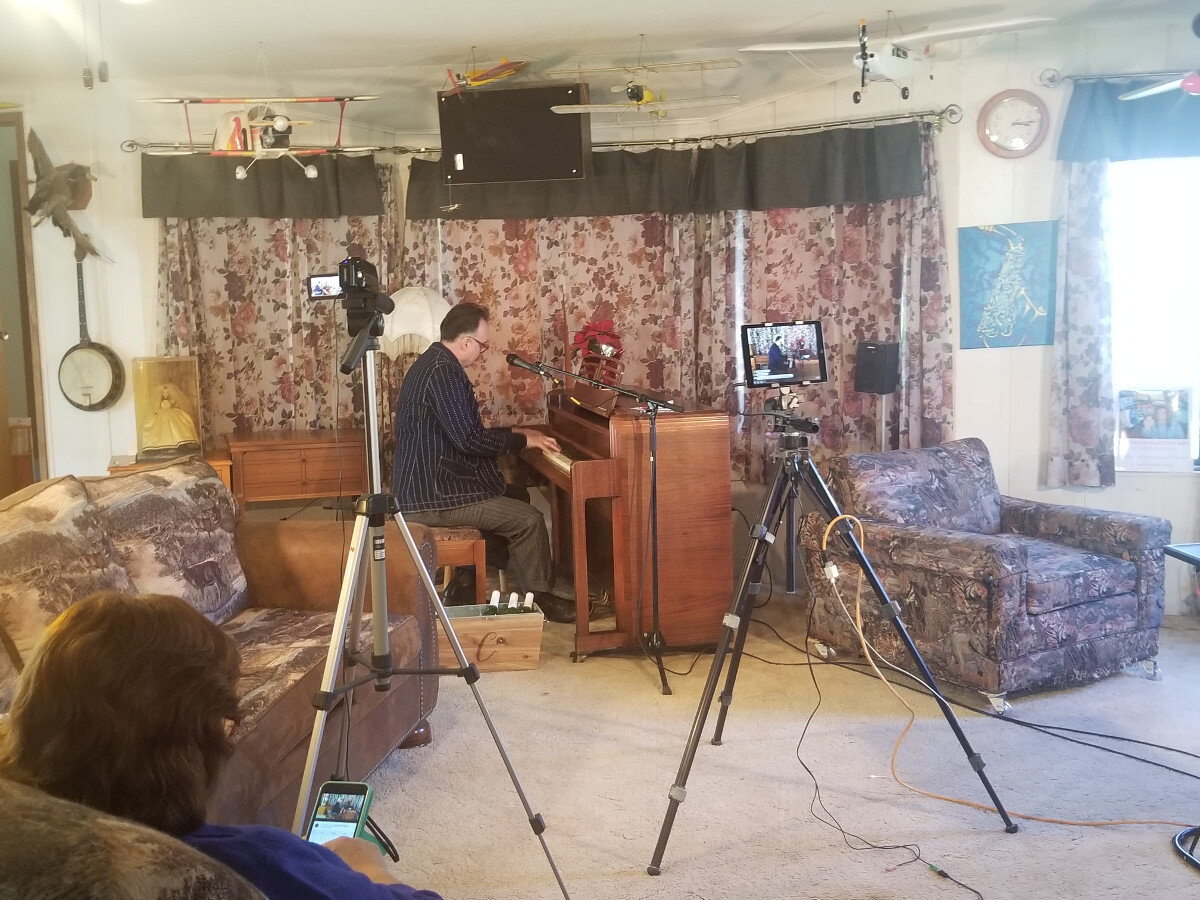
Attitudes within the artistic community are surprisingly upbeat. When it became clear that restaurant closures and event cancellations were the responsible and necessary step to stabilize public health, musicians, dancers, organizers, and restaurateurs assented to this development without complaining. Musicians who might otherwise play through a cold rather than sub out of a gig chose in this case to self-quarantine, putting the health of their colleagues and the public at large ahead of their own desires and financial needs.
Arts organizations founded to promote jazz have shifted their focus to providing artists with financial assistance. The Louis Armstrong Foundation provided grants to many musicians as early as April, while many were still struggling to get through tied up phone lines to Unemployment Insurance. Musicares and the Jazz Foundation of America have also offered support through their long-standing assistance programs. The Frankie Manning Foundation started an emergency support fund to aid dancers and organizers who are suddenly without income. Though this aid is unreliable, it can provide much-needed help.
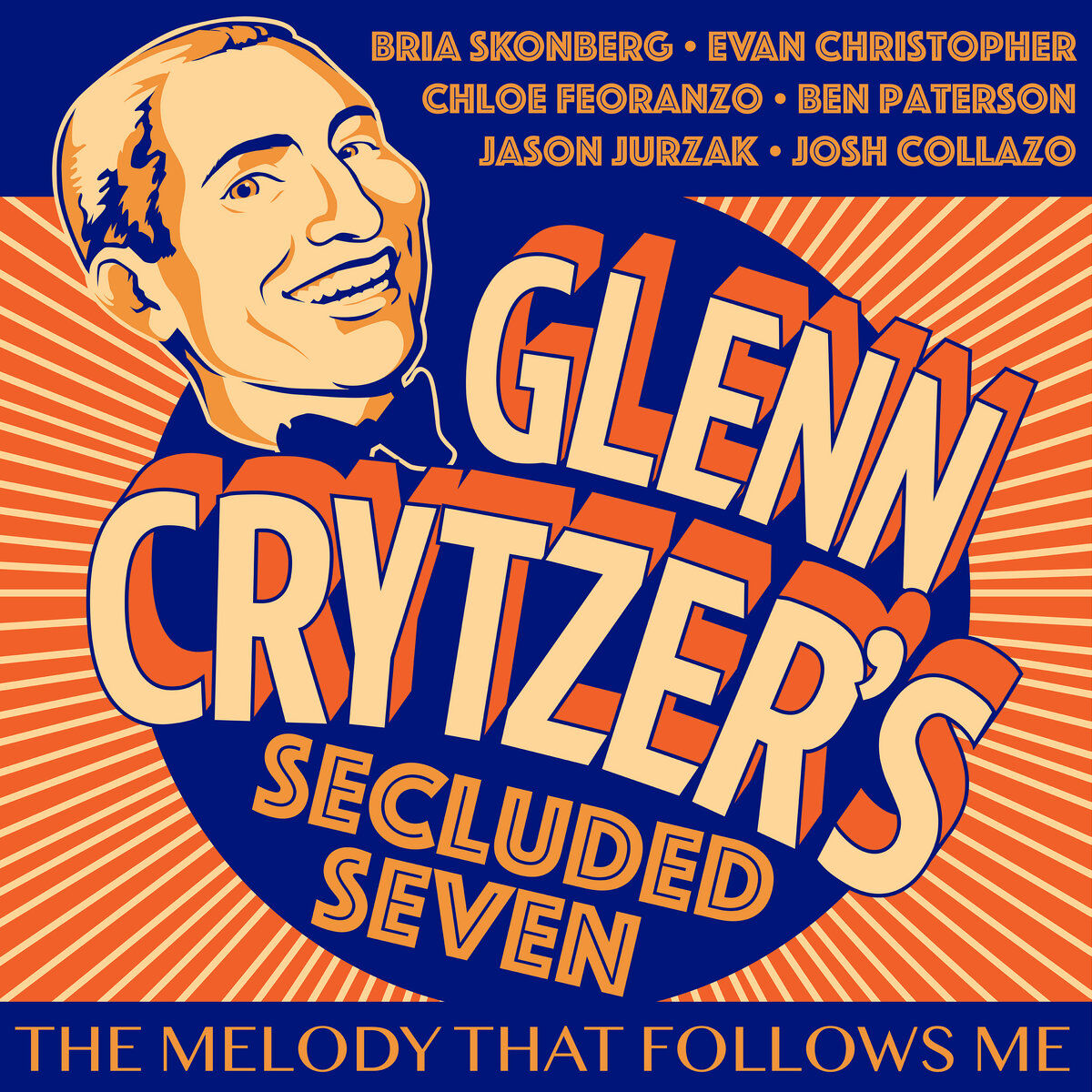
Artists with tangible wares to offer, such as records, books, or merchandise, collect income from these sales. Fans have rallied to buy albums, an easy way to offer immediate financial support. Lists of living musicians with available recordings have circulated on various Facebook groups. Online album vendor Bandcamp waived all administrative fees for record sales the first Fridays of May and June, and will do so again on July 3. From midnight to midnight pacific time, 100% of the cost of any purchases through Bandcamp will go directly to labels and artists. Over $3 million worth of music was bought on May 1. I encourage readers to mark their calendars for July 3; even albums you already own and enjoy may be gifted to others.
In addition to existing albums, musicians have undertaken to create new albums, new singles, new video projects. Some touch on themes of isolation and anxiety, some comfort and reassure, but all are a testament to the persistence of the creative spirit through even the most trying times. When post-pandemic life finally arrives, these songs and performances will document the emotions we are all living with now.
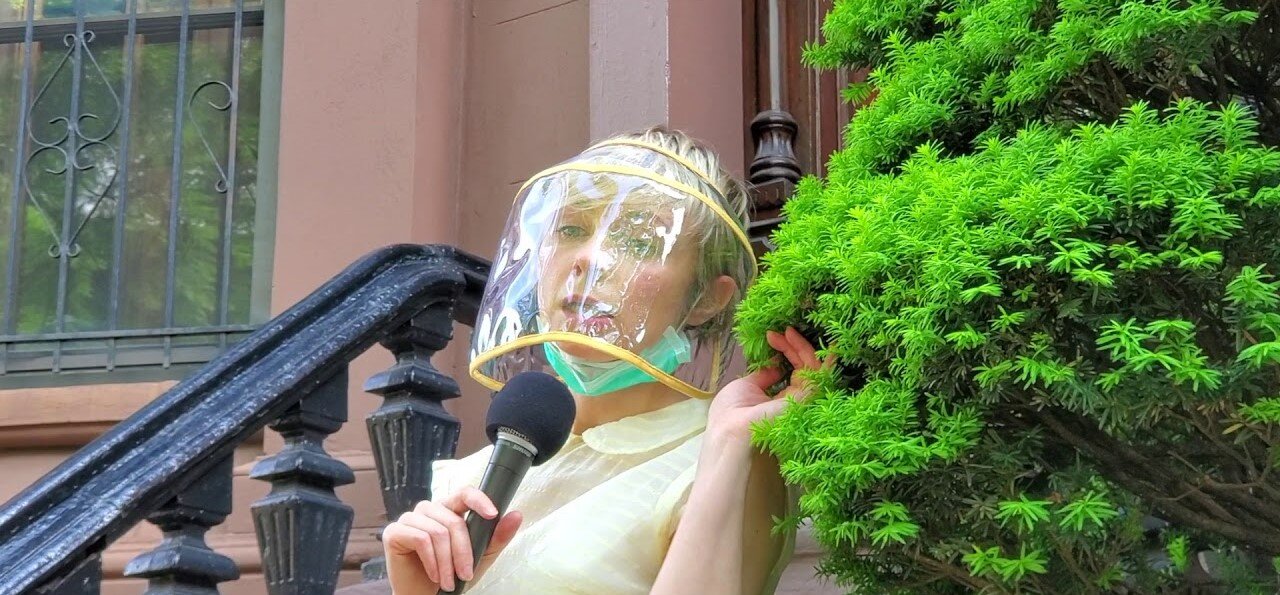
Most projects include a link where donations can be sent. Price, if listed, is only a suggestion; most sales are “pay what you want.” This approach generously offers art and solace to fans and listeners without means to pay; those in more fortunate financial circumstances take this opportunity to send support.
Another way to support musicians may be to request virtual lessons. Even more than music lessons, dance lessons—particularly solo jazz—have allowed dance teachers to continue offering instruction. Online lessons may demonstrate a piece of vernacular jazz choreography, or may simply focus on fundamental movement technique. Funds raised through these lessons support the instructor; instructors who are able donate a portion of their funds to arts organizations, or share revenue with the closed studios that employ them, now sitting vacant and unlikely to reopen soon.
Performances and events are likewise moving online, often streaming from living room to living room. At times, the technology is clunky, but that isn’t really the point. Viewers tune in less for the spectacle and more for the opportunity to connect and to give.
At the end of the day, the pay-what-you-want sales are not really about the market value of the song, lesson, or digital event for sale. They are an excuse to pass the hat. “Brother, Can You Spare a Dime” may need to be adjusted for inflation, but the call to action is heard and answered by hundreds of viewers around the world. In a moment of containment and isolation, the ingenious and irrepressible jazz community is finding ways to see each other and feel seen.
We cannot gather in person, but together we gather what funds each of us can spare to support our musicians, dancers, performers, presenters, and instructors. It’s a reminder of the very basic contract between artist and community: our artists and organizers create the art that reflects back to us the beauty, pain, joy, struggle, and love that we experience in the world. And we, in turn, support and celebrate them in their act of creation. Whatever else may have changed in the wake of this pandemic, that bond, at least, still persists.
Stephanie Robinson lives in Manhattan and is active in the NYC swing dance community.






















